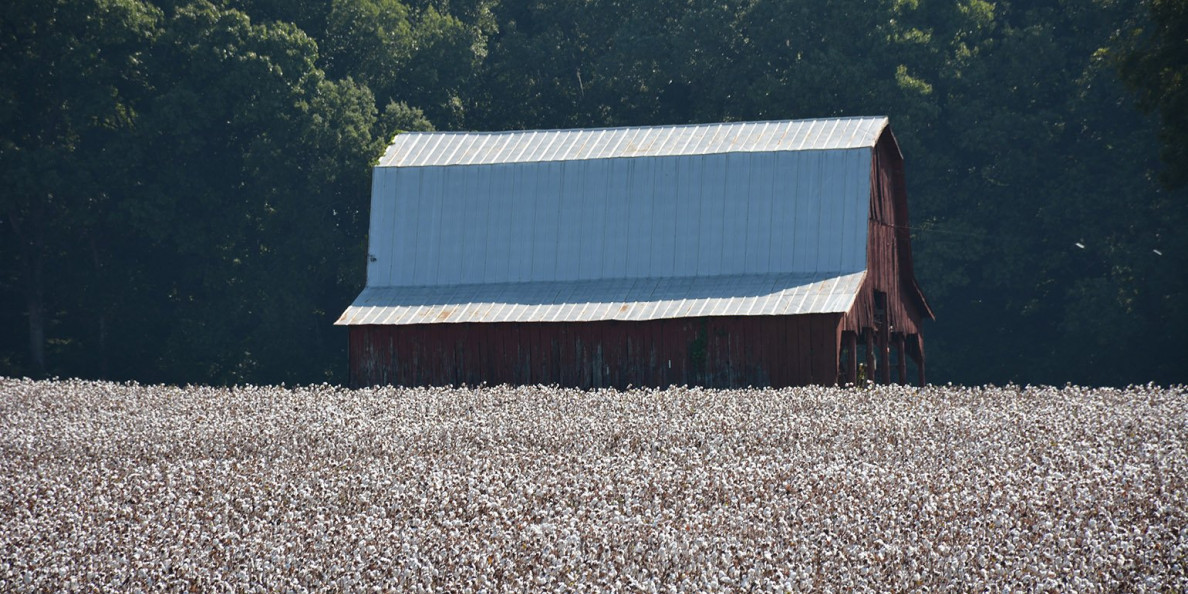By Jeff Thompson, Autauga Quality Cotton Association
Growing up I was fortunate to witness one of the greatest sports rivalries of all time, Muhammad Ali versus Joe Frazier. From the “Fight of the Century” to the “Thrilla in Manila” two equally matched heavyweights stood toe to toe swapping vicious blows neither willing to yield.
In the cotton arena, we’re experiencing a similar showdown with the specs squaring off against the trade. This confrontation is influencing prices much more so than fundamentals. The specs and funds, with their sizeable short position, are poised to stand their ground, unafraid the market will run away since the trade still has a large volume of unhedged cotton.
We did see them flinch last week, however. Tech traders were buying the market on favorable charts. When December futures hit 62.25, that triggered buy stops put the specs had put into place.
This was evidenced by 1,500 contracts being bought over a 15-second period. Additional buying on Thursday drove the market nearly limit up trading as high as 63.39. All this while fundamentals continued to weaken, especially the demand for cotton. USDA bearishly reduced world consumption by 1.3 million bales in its monthly report.
Over the past 18 months, they’ve lowered this estimate by seven million bales. Reflective of this was poor weekly export sales of 75,100 bales. Last week’s export numbers weren’t much better at only 104,000 bales.
Hard Truths As The Slugfest Continues
This week the other side landed blows. Many growers warily priced cotton on last week’s uptick. Consequently, the trade’s selling of futures has driven prices down almost 200 points for the week closing Thursday at 60.33.
It’s very likely we will see this slugfest continue over the next several weeks. Short covering will move prices toward 65 cents to be retraced quickly by price fixations.
Anyone with unpriced contract cotton should take advantage of these small rallies.
I know its difficult selling at this level, considering where the market has been, not to mention cost of production. But keep in mind that your window of opportunity is closing. Once contract cotton is classed you have but a short time to deliver thus losing beneficial interest and the ability to POP.
Nevertheless, leaving bales on call with a merchant is quite risky for you’ve lost the downside protection the POP affords.
With cotton fundamentals what they are it could be March or May before we see higher prices and be prepared for new lows in the meantime. Downside protection is critical in the current market environment.
The Loan Program – Seriously Consider It
As we’ve said before, growers with uncommitted cotton should seriously consider using the marketing loan program. It offers you the best protection and allows you time to play the spread between NY futures and the POP.
With the loan program so rarely used outside of coops, many may be unfamiliar with the process. Here are a few simple rules to prevent you from mistakenly doing something which might preclude you from being able to obtain an LDP.
Points to remember:
- To be eligible to receive an LDP, the producer must have beneficial interest in the cotton when applying for the loan or LDP or have signed the CCC-633 EZ form.
- Beneficial interest is evidenced by title to the cotton, control of the cotton, and risk of loss.
- Producers can indicate their intentions to receive LDP benefits before loss of beneficial interest, which allows producers to submit an LDP request at any time during the availability period before or after losing beneficial interest by using the new CCC-633 EZ form. Check with your local FSA or loan servicing agent to ensure forms and contracts regarding determination of the LDP are consistent with intended marketing practices.
If a forward sale of cotton does not specify that the cotton be transferred at ginning but rather at some future date, it is possible producer will maintain beneficial interest until the cotton is transferred. In such circumstance and with a signed a CCC-633 EZ, the producer can establish the LDP rate on the date requested or the date beneficial interest is lost.
